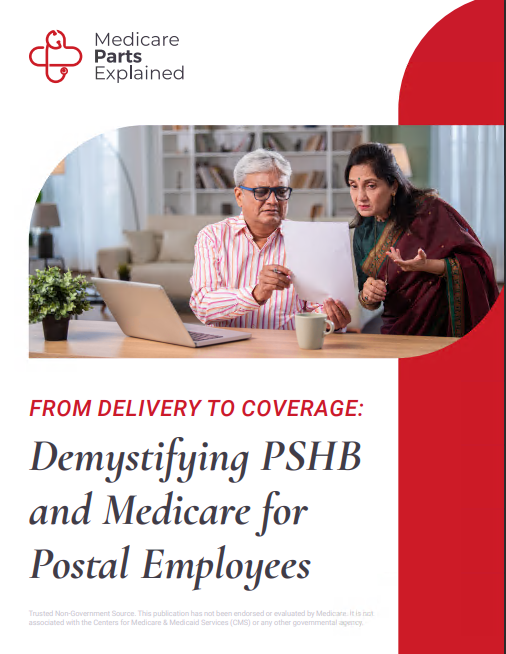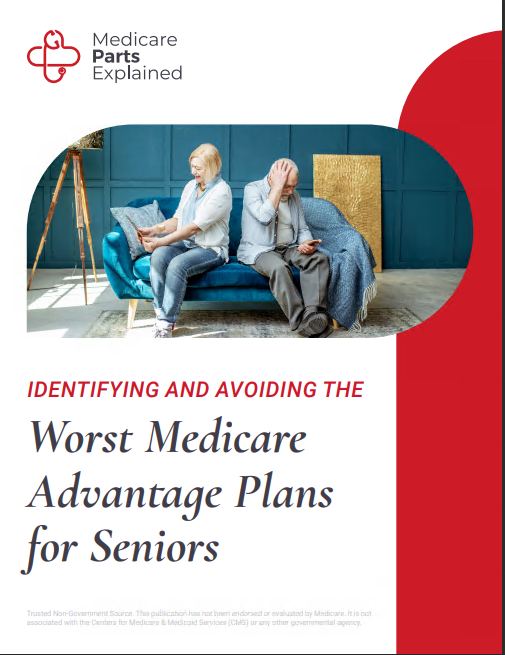- Extra Help Program
One of the primary avenues for relief is through government-sponsored assistance programs. The Extra Help program, also known as the Low-Income Subsidy (LIS), provides substantial assistance to eligible Medicare beneficiaries. It covers a significant portion of prescription drug costs, including premiums, deductibles, and co-payments.
- Medicare Savings Programs
Additionally, consider looking into Medicare Savings Programs (MSPs), designed to assist individuals with limited income and resources. These programs not only lower or eliminate Medicare premiums but may also cover other out-of-pocket costs associated with prescription medications.
- State Pharmaceutical Assistance Programs (SPAPs)
On a state level, explore the potential benefits of State Pharmaceutical Assistance Programs (SPAPs). These programs vary by state but are aimed at providing further financial relief for prescription drug expenses. Investigate the specific offerings in your state to determine if they align with your needs.
- State Pharmaceutical Assistance Programs (SPAPs)
On a state level, explore the potential benefits of State Pharmaceutical Assistance Programs (SPAPs). These programs vary by state but are aimed at providing further financial relief for prescription drug expenses. Investigate the specific offerings in your state to determine if they align with your needs.
Navigating The Formulary
Every Part D plan has a formulary, which is essentially a list of covered drugs. To ensure your needed medications are covered, carefully review the formulary of each plan you are considering. This step is crucial as the inclusion of specific brand name and generic drugs can vary from one plan to another.
Similarly, non-prescription drugs (over-the-counter medications) are typically excluded. Additionally, medications already covered by Medicare Part A and Part B won’t be included in prescription drug coverage plans.
Tips For Maximizing Savings
Generic Alternatives: Opt for generic versions of prescribed medications whenever possible. These are often more cost-effective and offer the same therapeutic benefits.
Mail Order Pharmacies: Some Medicare Part D plans provide discounts or incentives for using mail-order pharmacies. This option can be convenient and cost-effective, especially for medications you take regularly.
Therapeutic Substitution: Consult with your healthcare provider to explore therapeutic alternatives that are equally effective but may be more budget-friendly.
Navigating The Formulary
Every Part D plan has a formulary, which is essentially a list of covered drugs. To ensure your needed medications are covered, carefully review the formulary of each plan you are considering. This step is crucial as the inclusion of specific brand name and generic drugs can vary from one plan to another.
Similarly, non-prescription drugs (over-the-counter medications) are typically excluded. Additionally, medications already covered by Medicare Part A and Part B won’t be included in prescription drug coverage plans.
Tips For Maximizing Savings
Generic Alternatives: Opt for generic versions of prescribed medications whenever possible. These are often more cost-effective and offer the same therapeutic benefits.
Mail Order Pharmacies: Some Medicare Part D plans provide discounts or incentives for using mail-order pharmacies. This option can be convenient and cost-effective, especially for medications you take regularly.
Therapeutic Substitution: Consult with your healthcare provider to explore therapeutic alternatives that are equally effective but may be more budget-friendly.












